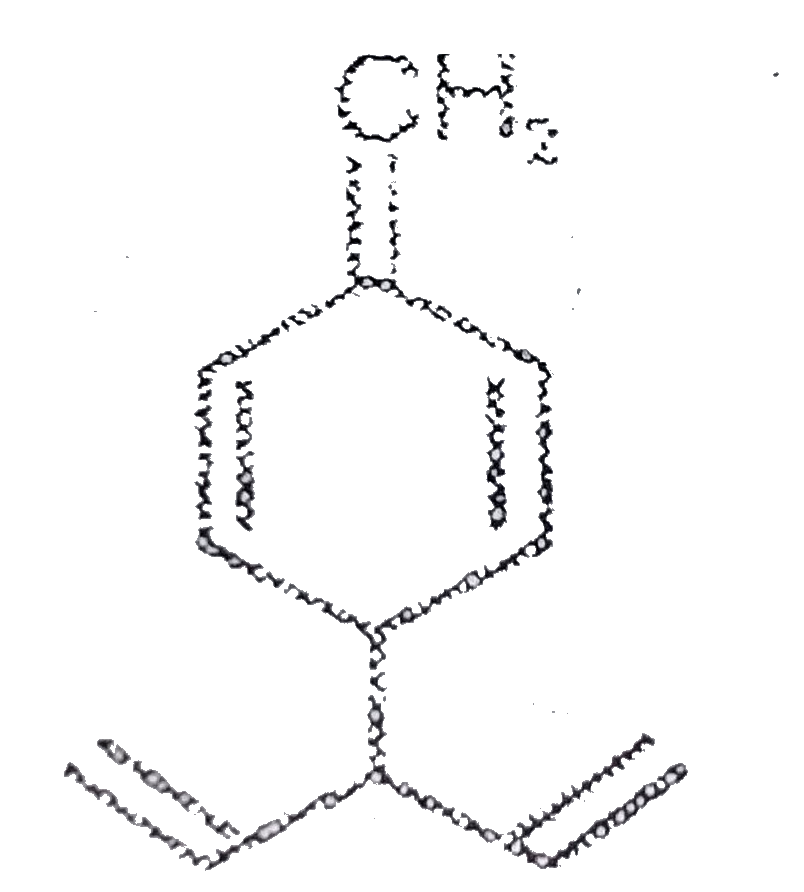The number of moles of hydrogen molecules required to produce 20 moles of ammonia through Haber's process is :
40
10
20
30
The correct Answer is:D
To solve the problem of how many moles of hydrogen molecules are required to produce 20 moles of ammonia through the Haber process, we can follow these steps:
1. Understand the Haber Process Reaction:
The Haber process can be represented by the balanced chemical equation:
N2(g)+3H2(g)⇌2NH3(g)
This indicates that 1 mole of nitrogen reacts with 3 moles of hydrogen to produce 2 moles of ammonia.
2. Determine the Ratio of Hydrogen to Ammonia:
From the balanced equation, we can see that:
- 2 moles of ammonia (NH₃) are produced from 3 moles of hydrogen (H₂).
- Therefore, the ratio of hydrogen to ammonia is:
3 moles of H22 moles of NH3
3. Calculate Hydrogen Required for 20 Moles of Ammonia:
We need to find out how many moles of hydrogen are required to produce 20 moles of ammonia. Using the ratio derived from the balanced equation:
Hydrogen required=20 moles of NH3×3 moles of H22 moles of NH3
Simplifying this gives:
Hydrogen required=20×32=20×1.5=30 moles of H2
4. Final Answer:
Therefore, the number of moles of hydrogen molecules required to produce 20 moles of ammonia is 30 moles.
The Haber process can be represented by the balanced chemical equation:
N2(g)+3H2(g)⇌2NH3(g)
This indicates that 1 mole of nitrogen reacts with 3 moles of hydrogen to produce 2 moles of ammonia.
From the balanced equation, we can see that:
- 2 moles of ammonia (NH₃) are produced from 3 moles of hydrogen (H₂).
- Therefore, the ratio of hydrogen to ammonia is:
3 moles of H22 moles of NH3
We need to find out how many moles of hydrogen are required to produce 20 moles of ammonia. Using the ratio derived from the balanced equation:
Hydrogen required=20 moles of NH3×3 moles of H22 moles of NH3
Simplifying this gives:
Hydrogen required=20×32=20×1.5=30 moles of H2
Therefore, the number of moles of hydrogen molecules required to produce 20 moles of ammonia is 30 moles.
Similar Questions
The number of moles of KI required to produce 0.4 mole K2HgI4 is
View SolutionThe number of moles in 36 g of hydrogen is _____
View SolutionThe number of moles of Hydrogen fluoride in 160 g is
View SolutionThe number of moles of Hydrogen cyanide in 243 g is
View SolutionThe number of moles of sodium acetate required to produce 112 ml of ethane at STP by Kolbe's electrolysis is
View SolutionTotal number of hydrogen molecules required to form ethane from ethyne is
View SolutionThe number of moles of ammonia in 306 g is
View SolutionFor the formation of terylene the number of moles of ehtylene glycol required per mole of terephthalic acid is
View SolutionDuring synthesis of ammonia by Haber's process,
'CO' acts is
View SolutionNumber of moles of hydrogen will required for complete hydrogenation of one mole of following compounds :

View Solution

